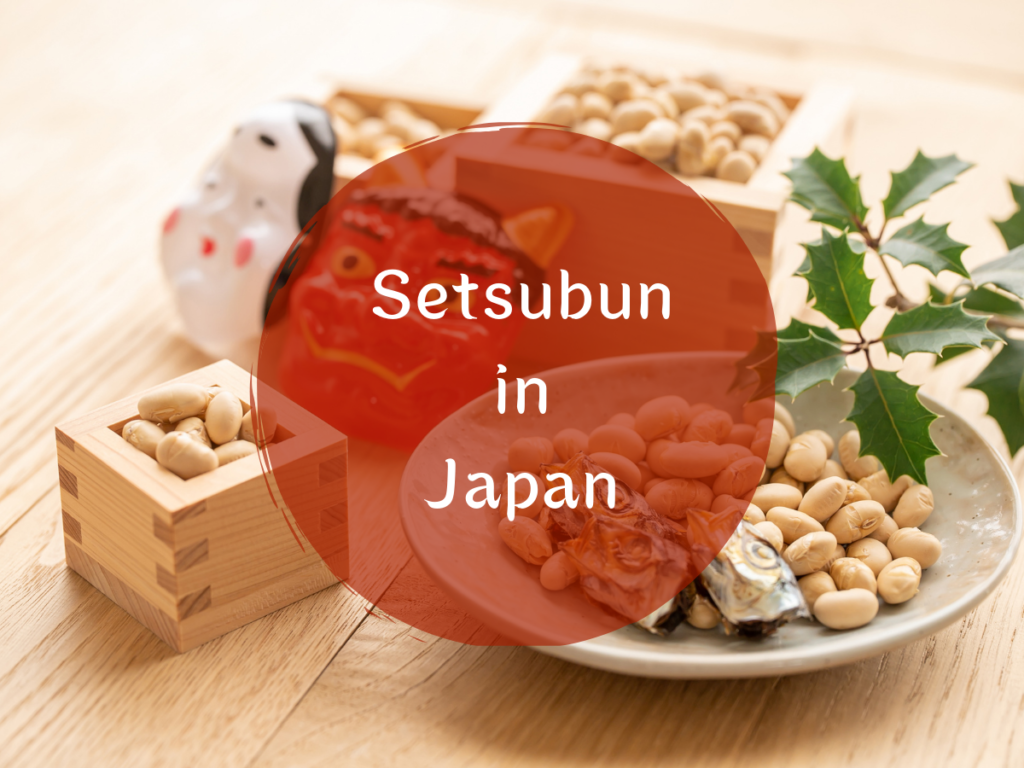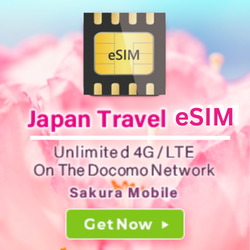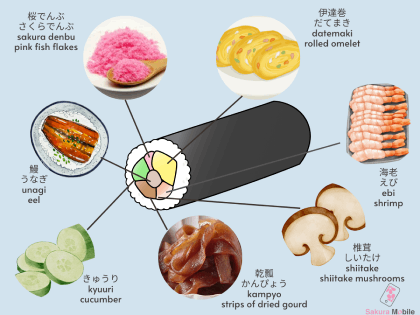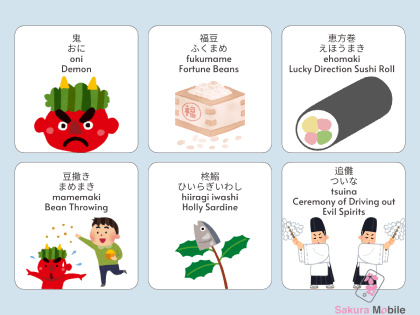Setsubun (節分) in Japanese means “seasonal division.” This Japanese holiday marks the last day of winter according to the Japanese Lunar Calendar. While it’s not a public holiday and people don’t typically get the day off from work, it remains an important cultural event in Japan.
This year, Setsubun occurs on Sunday, February 2, 2025.

Hello readers! Sakura Mobile is a SIM Wi-Fi service provider for international residents and tourists in Japan.
Our global editorial team living in Japan will introduce the country’s charms based on what we have experienced and felt.
Table of Contents
What is the History of Setsubun?

Setsubun originated in China as a ritual called “Tsuina” to drive away evil spirits. The practice spread to Japan around the Heian Period (794–1185).
The tradition of throwing beans, or mamemaki, became more widespread during the Muromachi Period (1336~1573). It was inspired by a story about a monk who survived a demonic encounter by blinding the creature with roasted beans.
Fun Fact: The word for beans in Japanese is “mame” (豆), can be written as “devil’s eye” (魔目). The pronunciation is similar to “mametsu” (摩滅), meaning “to destroy evil,” which explains why the beans are used to ward off evil.
↑ Go back to the table of contents
How is Setsubun Celebrated in Japan?
You can celebrate Setsubun in various sways, whether you join the crowds at public events or celebrate at home.
Visiting Japan in time for Setsubun? Get our Sakura Mobile e-SIM/SIM card to make it easy for you to post your Setsubun celebration! You can also check other ways to celebrate and where to go if you’re connected!
Check out our travel products:
Setsubun Festivals at Shrines and Temples:
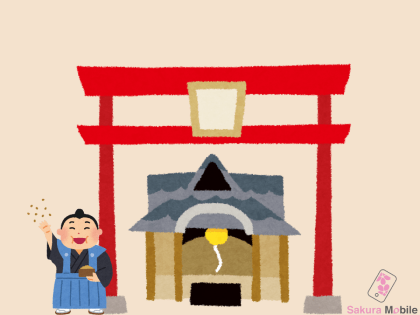
Major shrines and temples across Japan hold Setsubun festivals.
These feature exciting activities that visitors can enjoy, including mamemaki and other lively events.
At some shrines and temples sumo wrestlers, celebrities, and kabuki actors come and throw lucky beans to spread good luck.
↑ Go back to the table of contents
DIY Setsubun at Home:
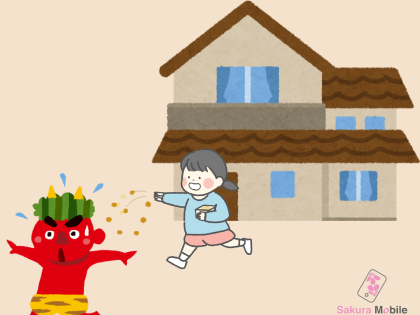
Mamemaki (豆撒き):
Bean-scattering or “Mamemaki“ is a central tradition of Setsubun. At home, people open the doors and throw roasted beans (fukumame, 福豆) at any demons wanting come in. They also shout “oni wa soto, fuku wa uchi!” (“devils out, happiness in!”). The goal is to slam the door shut before the demons recover from being pelted by the beans.
Along with chasing out the demons, there’s also the tradition of eating one roasted bean for each year of your age. It is believed to bring health and ward off illness in the coming year.
Older Traditions:
There is also an older tradition that can be traced back to when Setsubun first started to spread throughout Japan called “Hiiragi Iwashi” (柊鰯). This involves tying sprigs of holly and dried sardine heads to doorways to repel evil spirits.
It was believed that the evil spirits detested the smell of sardines and the sharp thorns of holly.
Buy a Setsubun Set:
Many supermarkets and convenience stores sell Setsubun sets around this time.
These boxes typically contain fukumame and a demon mask, making it easy to have your own mamemaki at home.
You can also buy pre-made ehomaki for an added treat!
↑ Go back to the table of contents
Eating Ehomaki (恵方巻):
What is Ehomaki?
Ehomaki is an uncut makizushi (rolled sushi).
Unlike regular sushi, makizushi is a tightly rolled cylinder of rice and fillings wrapped in seaweed, and it’s sliced into pieces.
Traditionally, ehomaki has seven ingredients, one for each of the Seven Lucky Gods.
These ingredients include:
- Unagi (Freshwater or Saltwater Eel)
- Datemaki (rolled egg)
- Ebi (Shrimp)
- Kyuuri (Cucumber)
- Shiitake Mushrooms
- Kampyo (simmered gourd)
- Sakura Denbu (pink fish flakes)
How to Eat Ehomaki
The tradition is to eat ehomaki in silence while making a wish. The person eating must face the direction of best luck (eho), which varies each year, according to yin and yang principles.
In 2025, the lucky direction is west-southwest.
↑ Go back to the table of contents
Which Temples and Shrines to Visit for Setsubun Festivals?
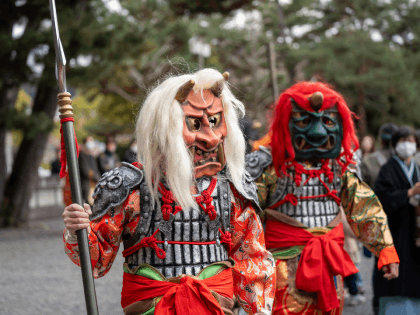
Japan is home to many temples and shrines where you can experience the lively atmosphere of Setsubun festivals.
Here are some popular spots:
Hokkaido Jingu Shrine:
Hokkaido Jingu Shrine is the most famous shrine in Hokkaido. It is known for being the resting place of four deities, including the Meiji Emperor.
Information:
- Address: 474 Miyagaoka, Chuo-ku, Sapporo-city, Hokkaido.
- Access: 15-minute walk from Maruyama-Koen Station
- Hours: 7:00 AM – 4:00 PM, Sunday – Saturday
- Admission: Free
- Website: http://www.hokkaidojingu.or.jp/
- English:
 (English website available)
(English website available)
Sensoji (Asakusa Kannon Temple):
Sensoji is one of Tokyo’s most colorful, popular, and oldest temples. It is also home to Nakamise, a 200-meter shopping street.
Information:
- Address: 2 Chome-3-1 Asakusa, Taito City, Tokyo
- Access: 5-Minute walk from Asakusa Station exit 4
- Hours:
- Main hall: 6:00 AM – 5:00 PM (from 6:30 from October to March), Sunday – Saturday
- Temple grounds: Always open
- Admission: Free
- Website: https://www.senso-ji.jp/
- English:
 (English website available)
(English website available)
Iwashimizu Hachimangu:
Iwashimizu Hachimangu is a large shrine atop Mt. Otokoyama. It is famous for being the site where Thomas Edison sourced bamboo for his first working lightbulb filament.
Information:
- Address: 30 Takabo, Yawata, Kyoto
- Access: ~5-minute walk from Iwashimizu Hachimangu Station
- Hours: 6:00 AM – 6:00 PM, Sunday – Saturday
- Admission: Free
- Website: https://iwashimizu.or.jp/
- English:
 (website is not in English)
(website is not in English)
Osaka Tenmangu Shrine:
Osaka Tenmangu Shrine is known as Tenma no Tenjin-san. This shrine honors the god of scholarship and fine arts.
Information:
- Address: 2 Chome-1-8 Tenjibashi, Kita Ward, Osaka
- Access: 4-minute walk from exit 3 of Osaka Temmangu Station, 4-minute walk from exit 4-B of Minami-Morimachi Station
- Hours: 5:30 AM – 6:30 PM, Sunday – Saturday
- Admission: Free
- Website: https://osakatemmangu.or.jp/
- English:
 (website is not in English)
(website is not in English)
Hakozakigu Shrine:
Hakozakigu Shrine is known for its grand festivals. It is also known for the large calligraphy plaque “Teikoku Koufuku,” which was added after reconstruction following a Mongol invasion in 1274.
Information:
- Address: 1 Chome-22-1 Hakozaki, Higashi Ward, Fukuoka
- Access: 8 minute walk from JR Hakozaki Station, 3 minute walk from Hakozakigu Mae Station (Exit 1), 3 minute walk from Nishitetsu Bus’s Hakozaki stop
- Hours: 8:30 AM – 5:30 PM, Sunday – Saturday
- Admission:
- To the shrine: Free
- To the gardens: ¥300
- Website: https://www.hakozakigu.or.jp/
- English:
 (English PDF)
(English PDF)
↑ Go back to the table of contents
Extra Tips for Visiting Shrines and Temples:
↑ Go back to the table of contents
If you visit a shrine or temple to celebrate Setsubun, here are some helpful tips:
- Respect the Culture: Be mindful of the customs, traditions, and rules at shrines and temples
- Dress Modestly: Although there is no strict dress code, it’s customary to dress respectfully.
- Mind Your Bean-Throwing: Always throw beans in designated areas and be cautious of nearby crowds.
- Arrive Early: Bean-throwing events are often short, so be sure to arrive on time to participate.
- Research Ahead of Time: Understanding the event schedule will help you enjoy the event more.
- Stay Connected: A reliable mobile connection, like Sakura Mobile, will help you navigate the crowds and share the experience with family and friends
Living in Japan and celebrating Setsubun? 🎉Having reliable network is key to staying connected and sharing the fun with loved ones! Sakura Mobile’s long-term plans, like our Voice + Data SIM, make it easy. Check out our plans below and get ready to spread good luck and joy this Setsubun!📱
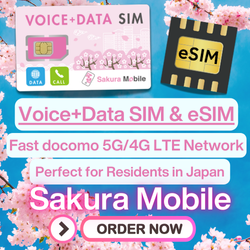

↑ Go back to the table of contents
Conclusion
Setsubun in Japan is a time for both fun and tradition. It’s not just about marking the change in seasons–it’s about driving out misfortune and welcoming good health and luck for the year ahead.
Whether you’re participating in mamemaki at home or taking part in vibrant festivities at a shrine, Setsubun offers a wonderful chance to immerse yourself in Japanese culture.
We hope you enjoy your Setsubun celebration in Japan!

